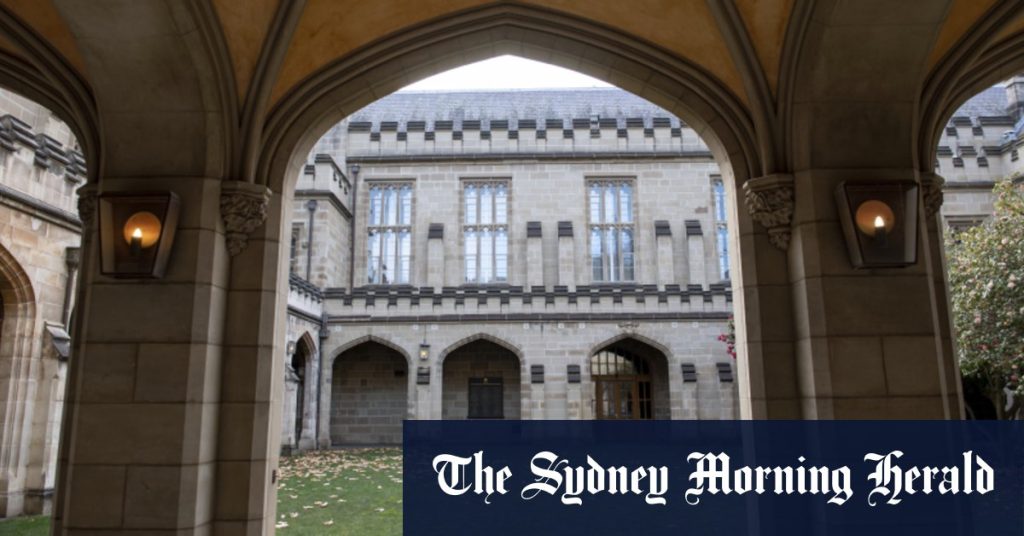The University of Melbourne is facing potential impacts from the federal government’s new caps on international student numbers, which could reduce next year’s intake of foreign students by up to 26 percent. Despite concerns raised by the university about the financial implications and risks to its research program, a respected credit ratings agency, S&P Global, has stated that Melbourne is in excellent financial shape. The agency cited factors such as the university’s market position, operating performance, financial resources, and debt levels as indicators of a stable financial position for the institution in the coming years.
Melbourne University’s income grew to nearly $2.9 billion in 2023, with a small operating deficit of $71 million, mainly due to a rise in wage bill to $1.7 billion. The university’s largest source of revenue was the $900 million collected in tuition fees from international students. Vice chancellor Duncan Maskell expressed concerns about the potential negative impact of the student caps on the university’s ability to teach and conduct research. Despite these concerns, S&P analysts believe that the university, with nearly $12 billion in assets and a low debt profile, is well-equipped to manage the policy shift effectively.
S&P Global’s analysis indicates that the University of Melbourne has the financial strength to withstand the challenges posed by the new international student caps. The agency predicts that tightening immigration settings and proposed caps on international student numbers could limit growth in tuition fee revenue, but the university’s management will likely offset this through cost reductions, as demonstrated during the pandemic-related border closures in Australia. S&P expects Melbourne’s balance sheet to remain very strong, highlighting the institution’s ability to navigate changes in the external environment and maintain financial stability.
The University of Melbourne’s AA+ credit rating was reaffirmed by S&P Global, reflecting confidence in the institution’s financial position. Despite the potential impacts of reduced international student intake, the university’s solid market position and financial resources provide a strong foundation for weathering any challenges that may arise. S&P’s assessment of Melbourne’s financial health includes factors such as sound operating performance, abundant financial resources, and manageable debt levels, all of which contribute to a stable financial outlook for the university in the foreseeable future.
With a large endowment and minimal debt, the University of Melbourne is well-positioned to adapt to changes in policy and external factors affecting its financial sustainability. The institution’s significant assets and strong balance sheet provide a buffer against potential revenue loss from reduced international student numbers. S&P Global’s analysis underscores Melbourne’s ability to navigate challenges and maintain financial resilience, despite the uncertainties posed by the new caps on foreign student intake. Overall, the university’s financial strength and robust financial profile offer reassurance of its ability to overcome obstacles and sustain its operations effectively.


